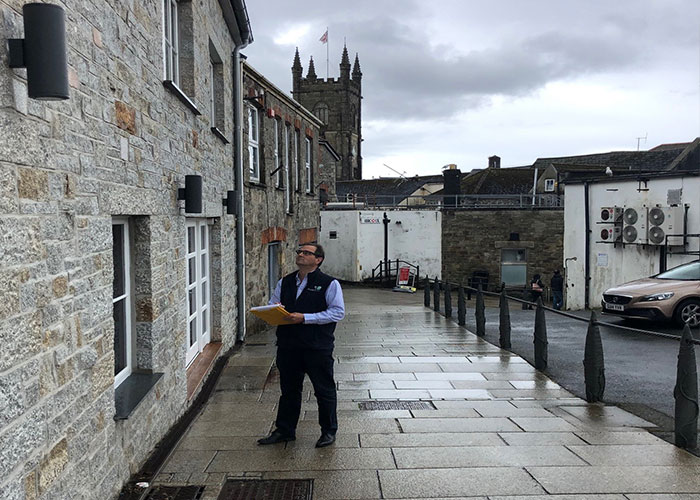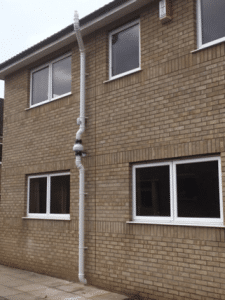
The first part of the process of checking if your property is affected by radon gas is to carry out a radon test. Once a radon test has been carried out and the property owner has received the results should the results show there are high radon levels within the building, then a radon survey will need to be carried out to look at mitigation solutions to lower the levels of radon in the property.
Having a radon survey entails an experienced radon mitigation surveyor inspecting a property to determine what method of mitigation will be best used to reduce the high radon levels below the target level of 100 Becquerels within the property.
The most vulnerable area of a property that is susceptible to high levels of radon is where occupants live at or below the ground level – for example, a basement.

Whether or not you have a basement or not radon can enter the building through different areas including:
We at PropertECO believe that it is essential that a radon specialist should carry out the inspection. Having a surveyor, who is a specialist in radon, means that they will be able to accurately assess what type of mitigation works will be needed to bring the radon levels down.
The types of remediation work that can be used vary from the installation of a radon sump to a positive pressure system.

If the remediation system is incorrectly installed, then this will not reduce the radon levels in the property and as a result leave the building at risk of radon, which can have an impact on the health of the occupants.
To give you a better understanding of what happens during a radon survey we have put together a step by step process.
The radon surveyor will:
Once the surveyor has conducted the survey then a report will be sent to the customer. The radon report will provide details on which mitigation system is recommended to reduce the radon levels in the property as well as providing a cost for the installation.
Once the customer has agreed to the works being carried out at the property then a technician will install the proposed mitigation system.
If a radon sump system is recommended, then this will be installed from the outside of the building by creating a special sump underneath the internal floor.

The pipework of the mitigation system will then be installed underneath the property as this is predominately where radon collects. The pipework and fan will work together to exhaust the radon safely away from the building at a higher level.
If a positive pressure system is installed at the property, then this will be installed either in the loft or on an internal wall.
This type of mitigation system works by using the clean air from outside of the building then dispersing it throughout the property preventing radon from entering the property.
We hope this has provided you with a better understanding of what goes into a radon survey and the process before, during and after the survey has been carried out.
At PropertECO we have a number of surveyors who have an extensive amount of knowledge on radon testing and mitigation. You can book a survey by calling 0800 046 6193 or by filling the form down below.